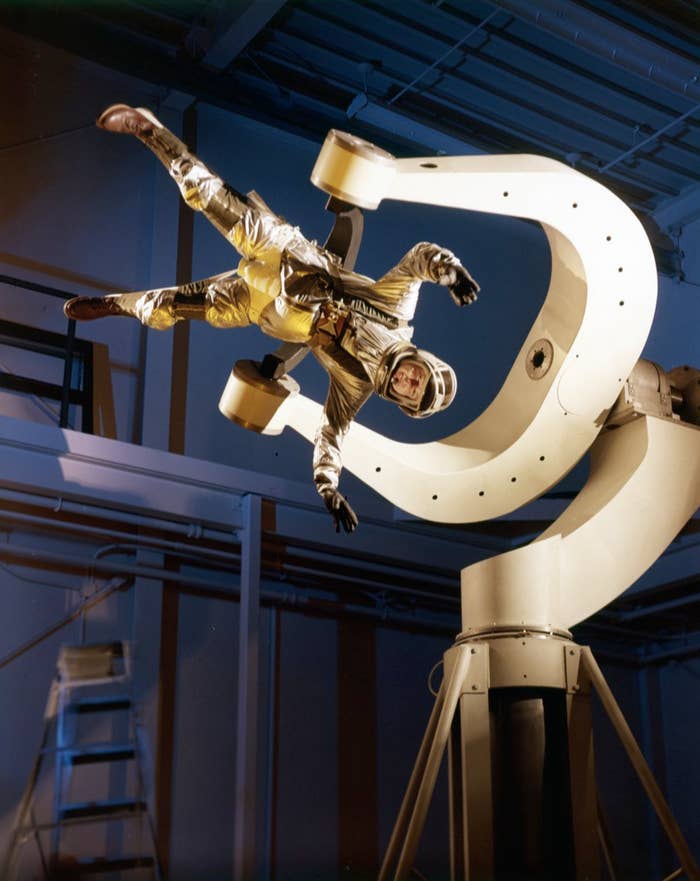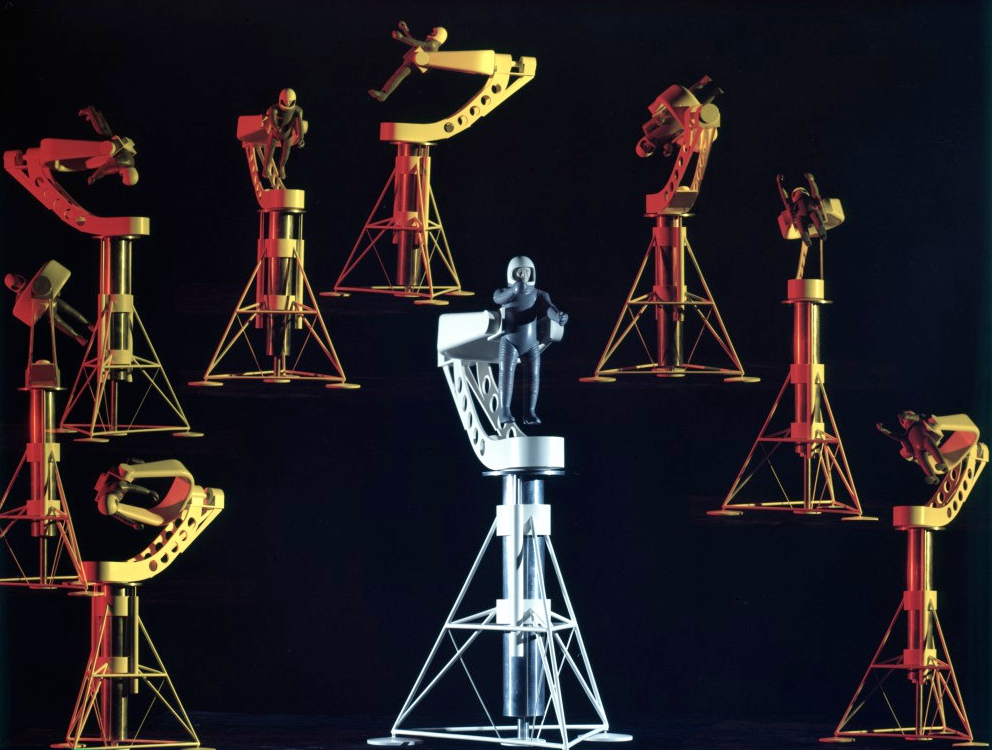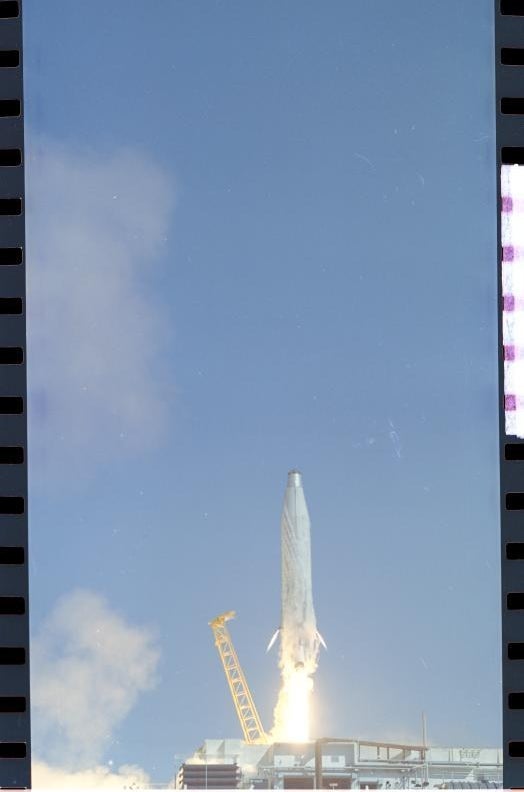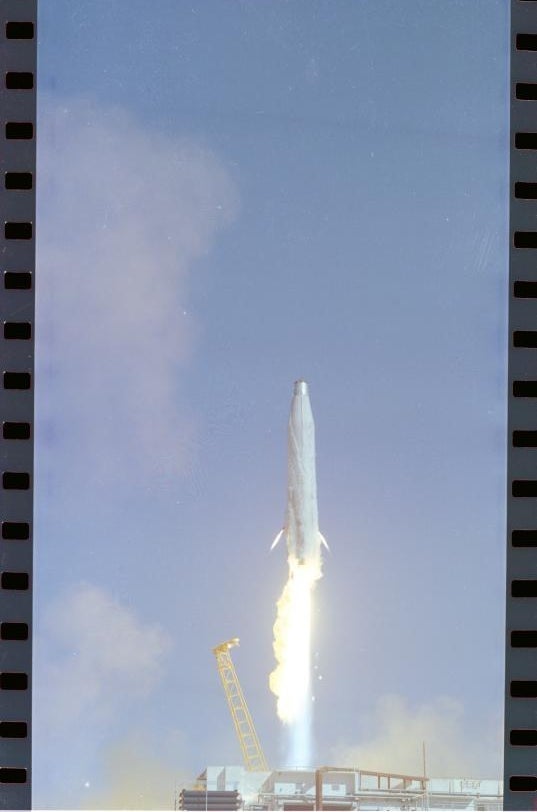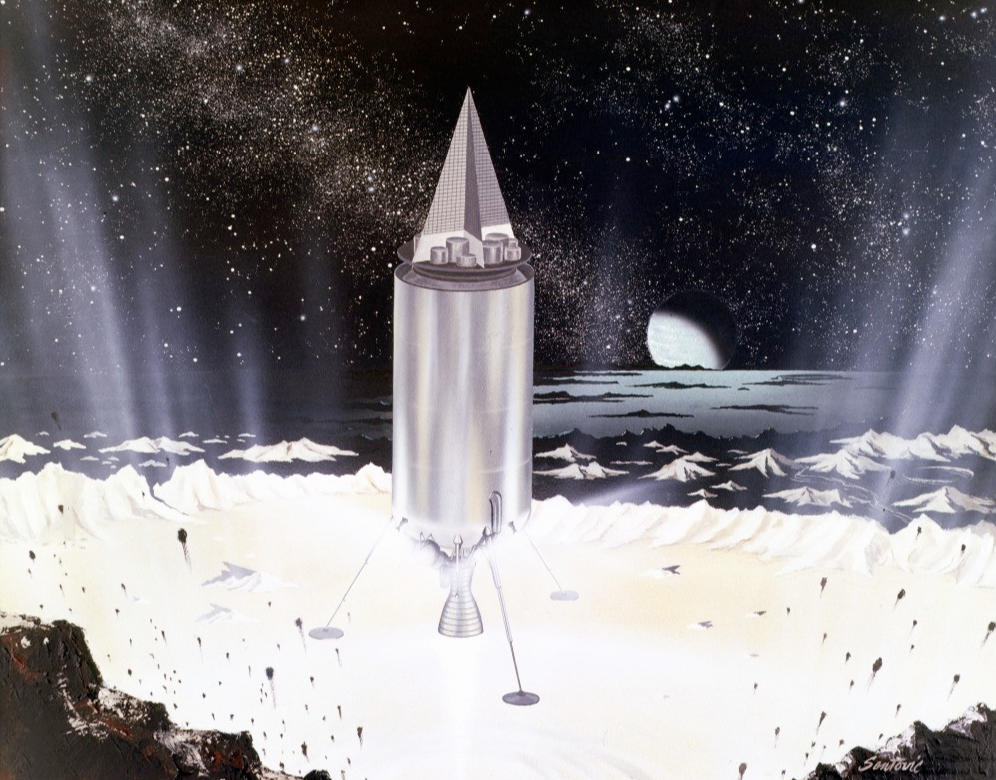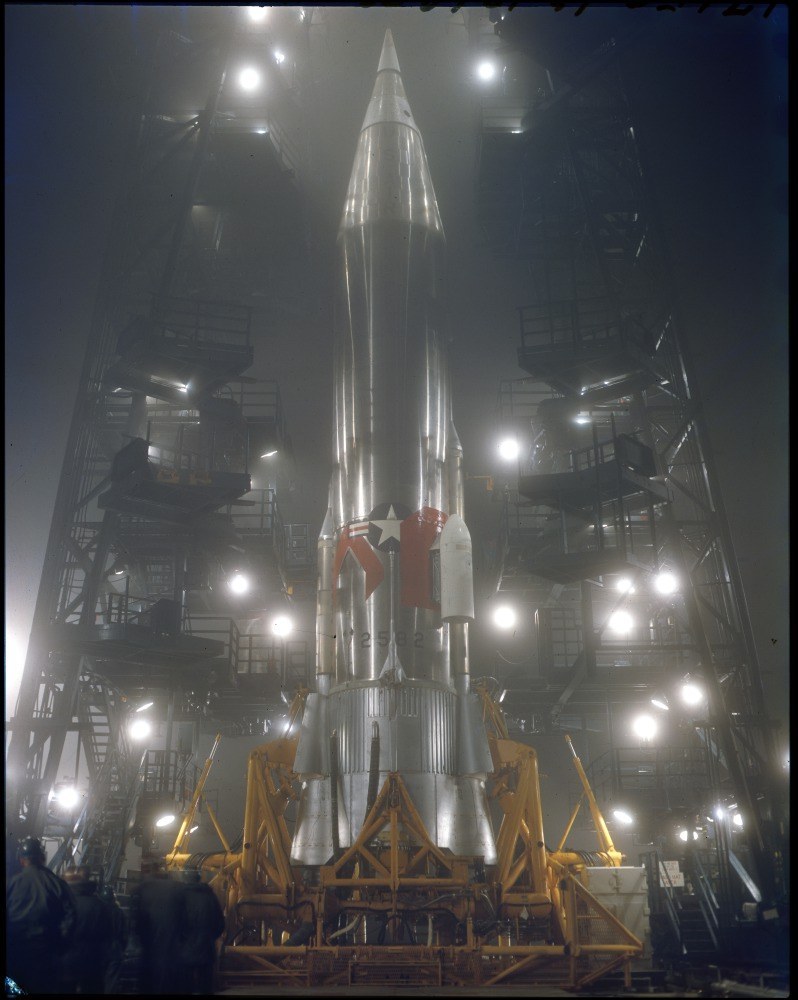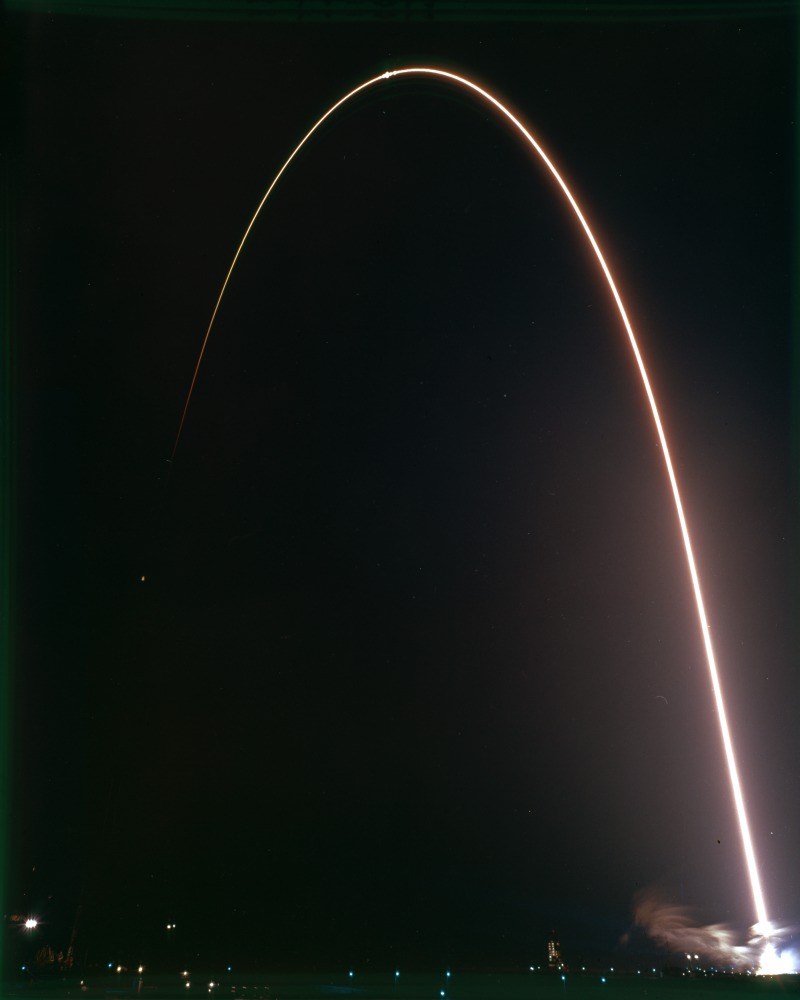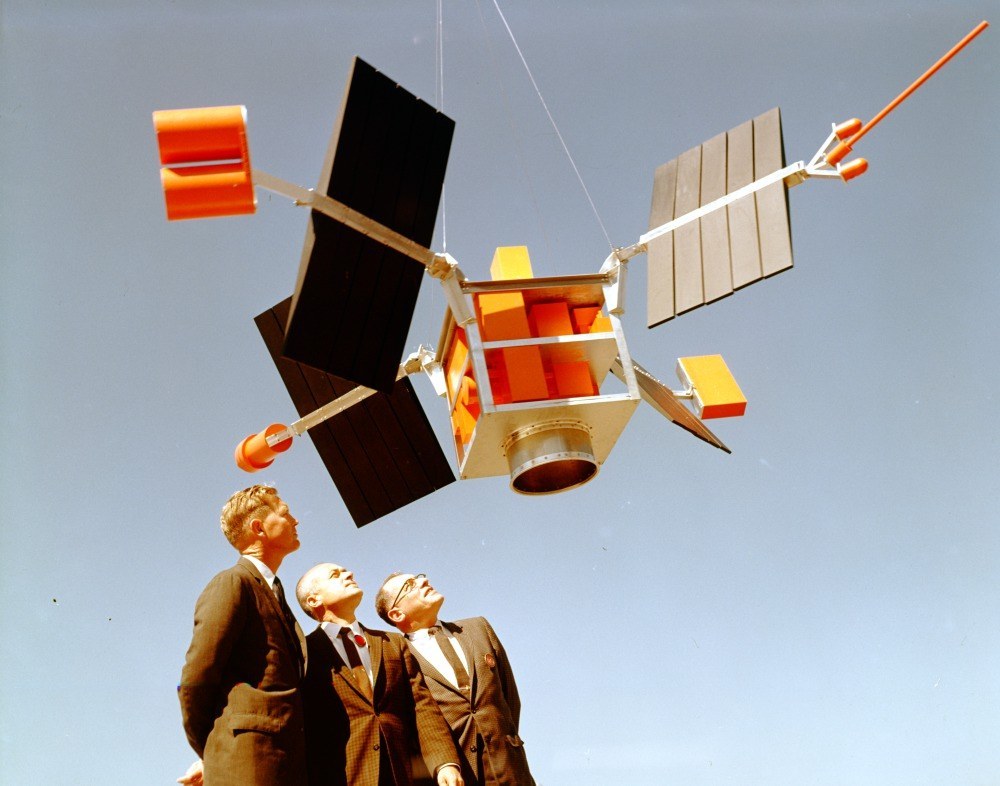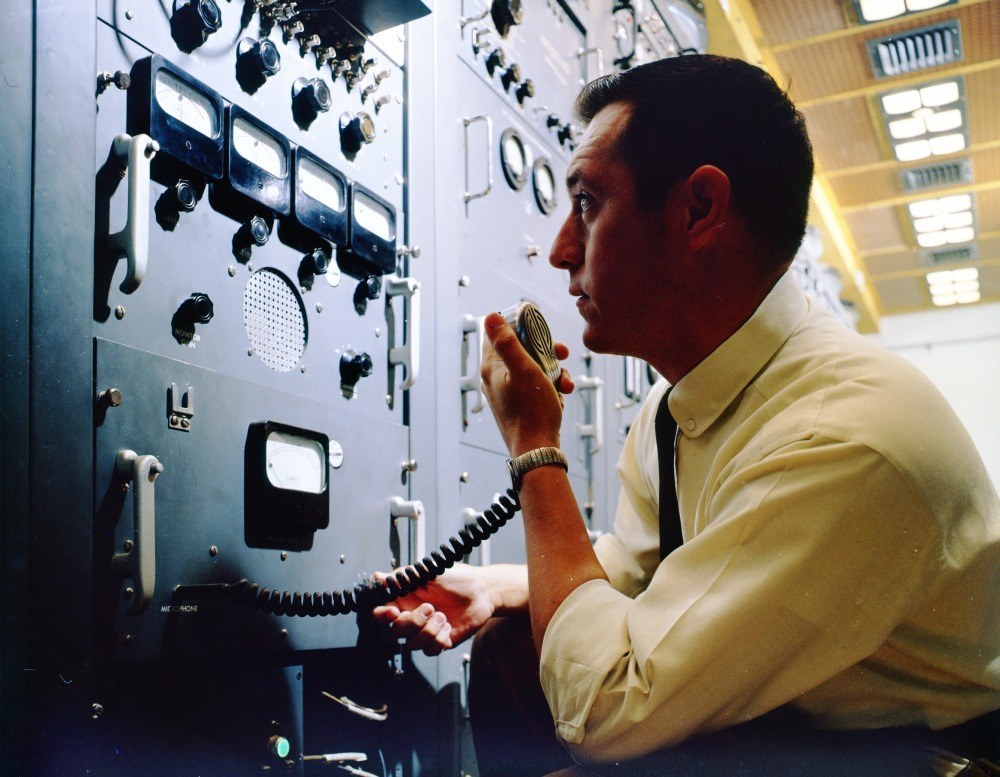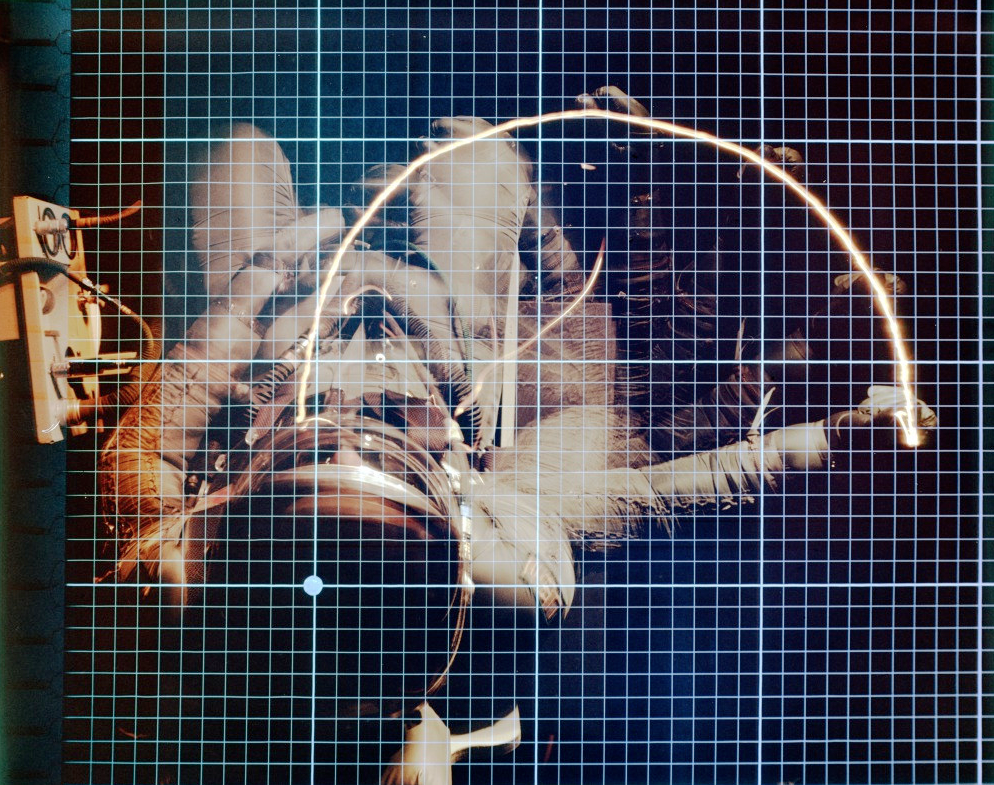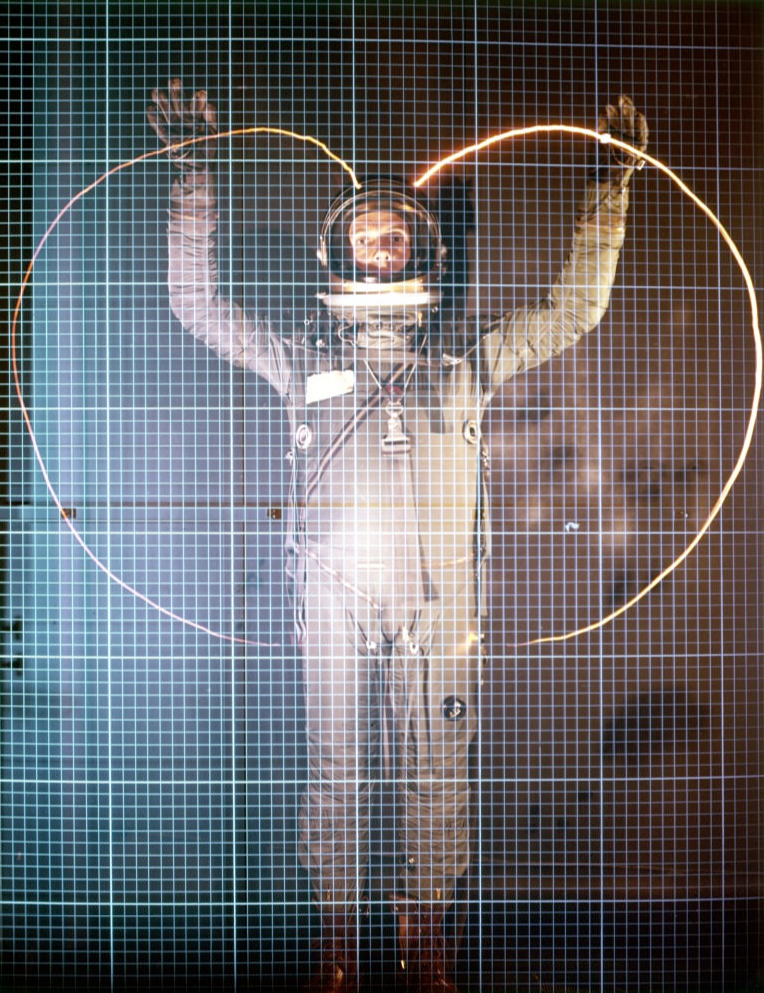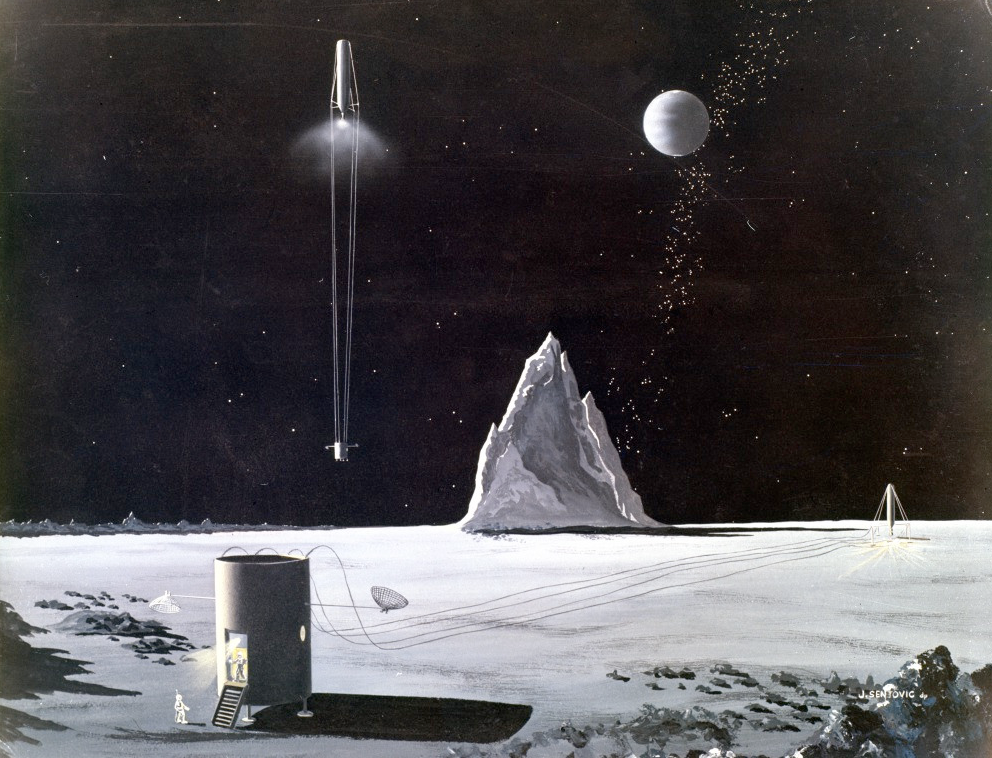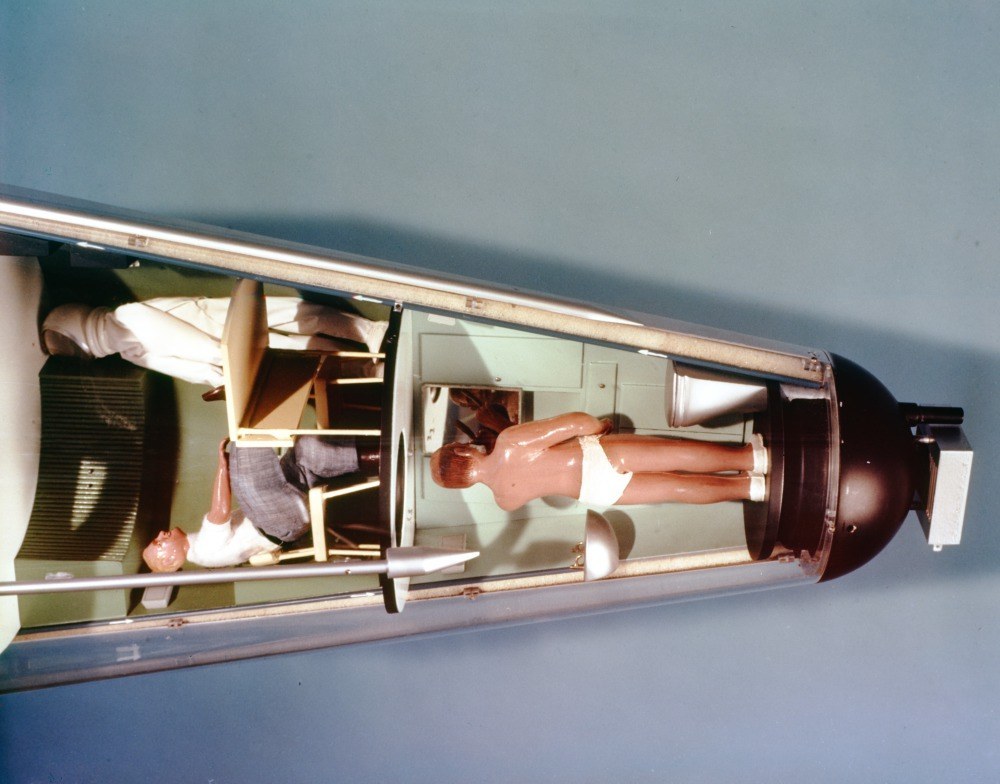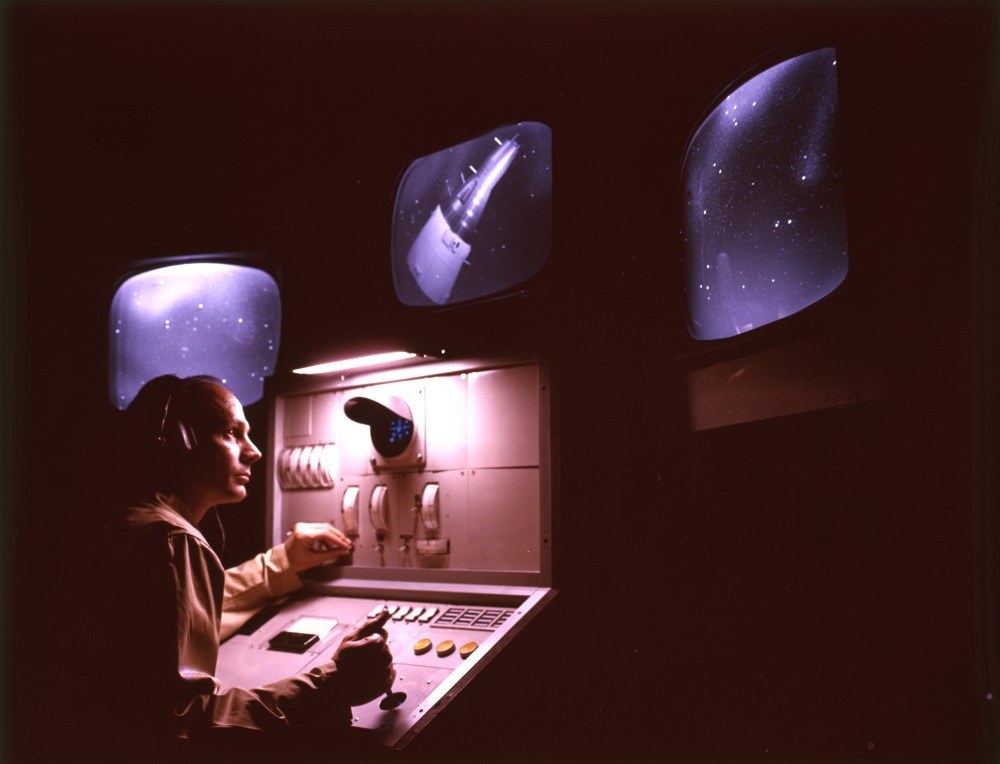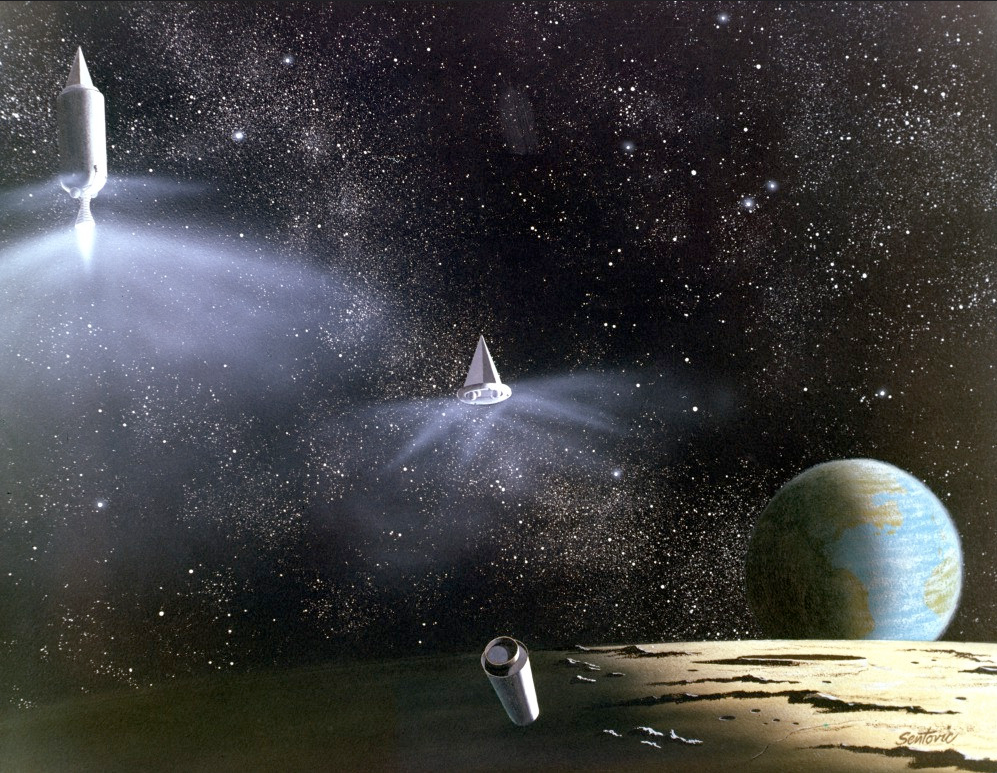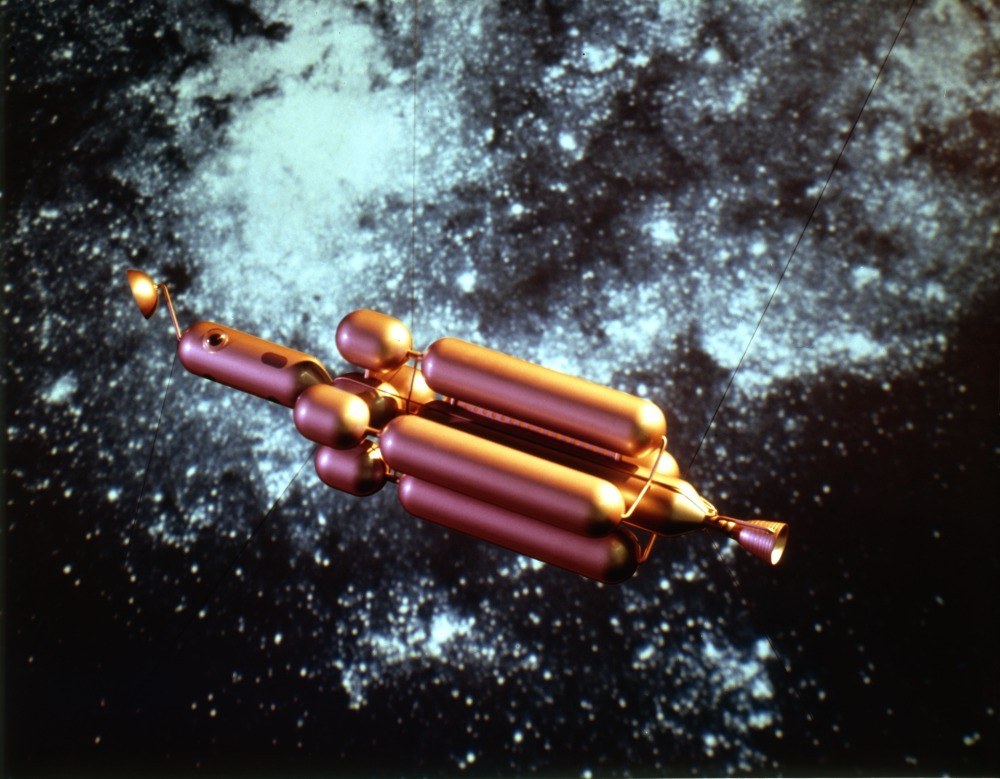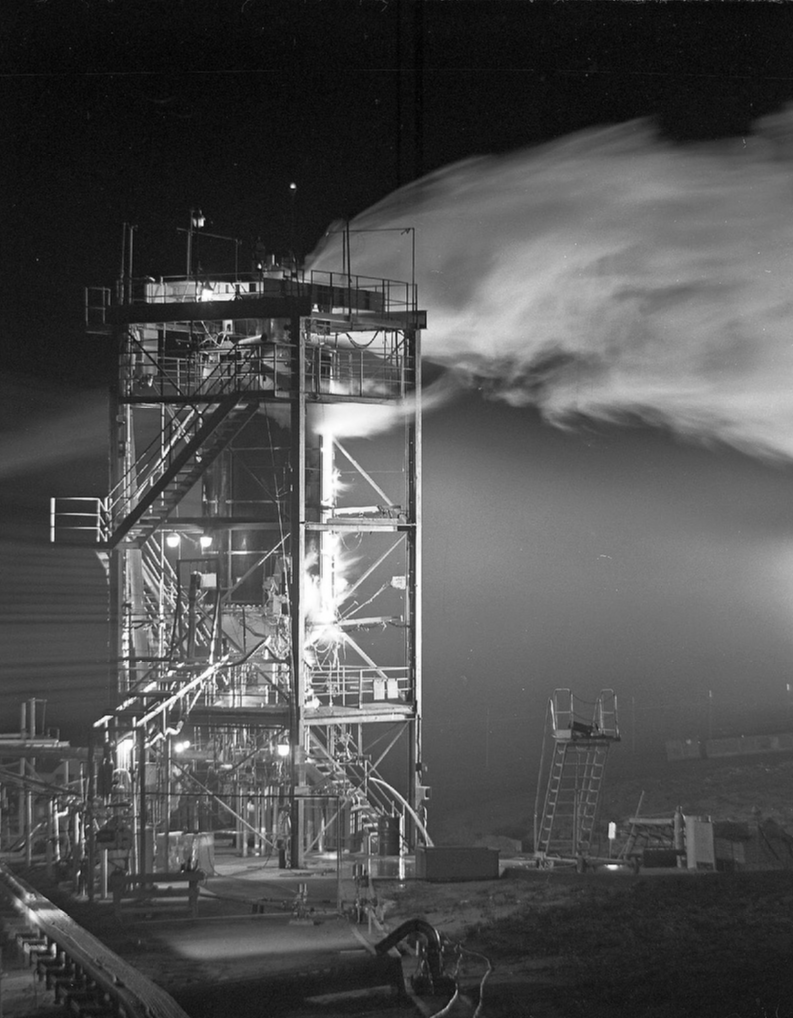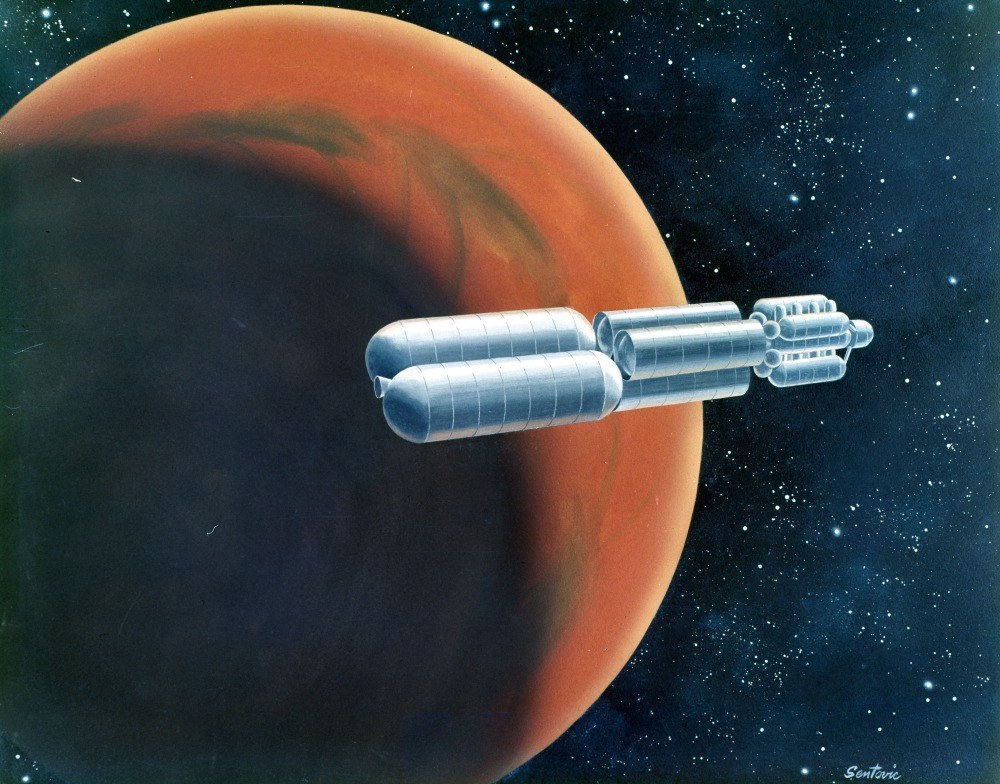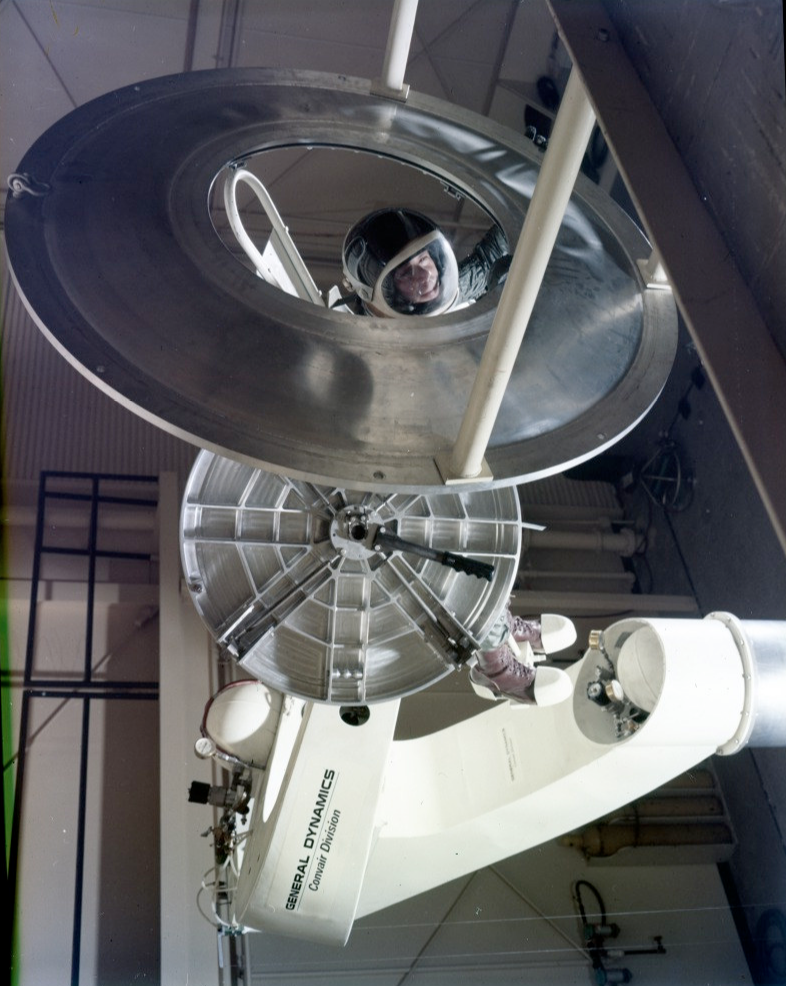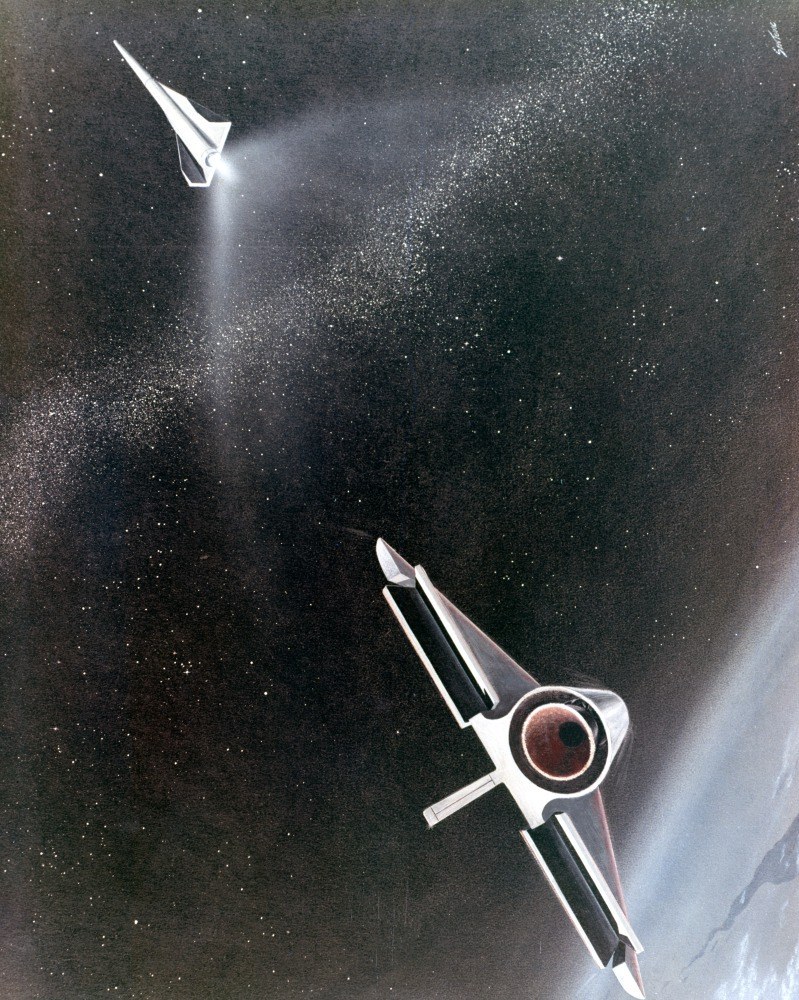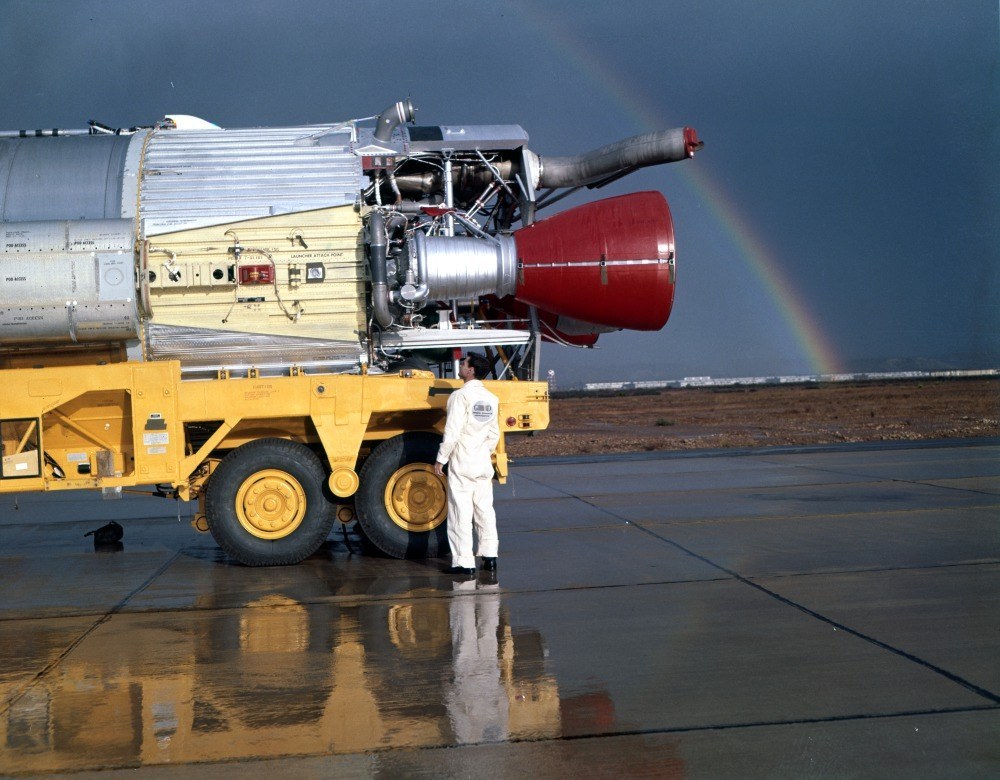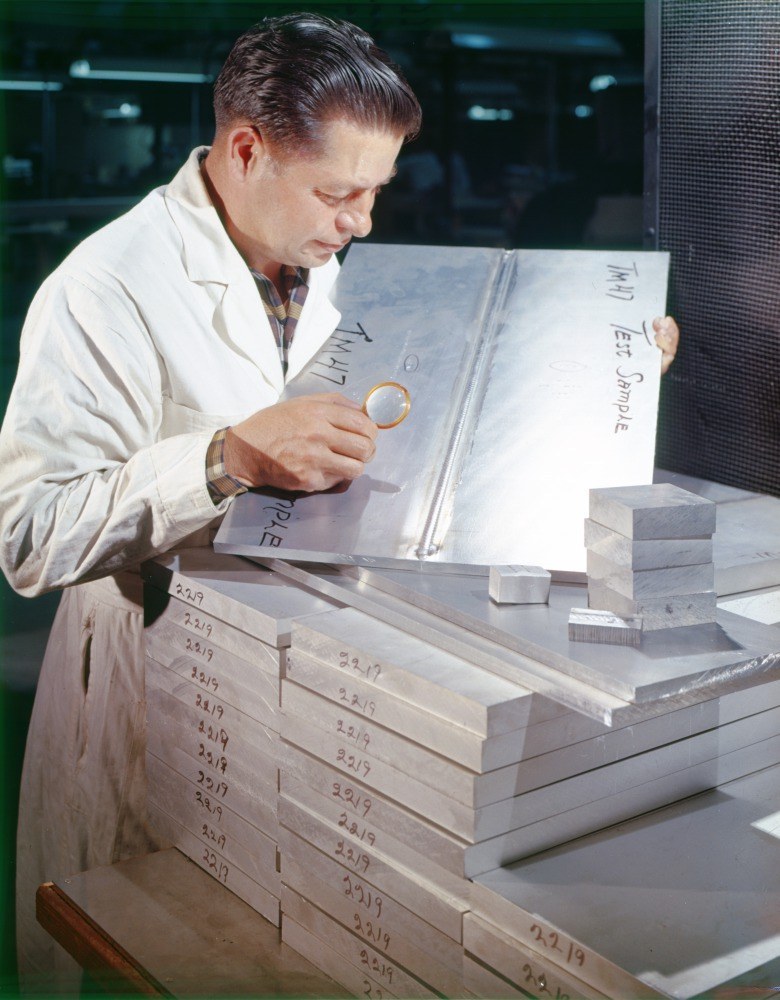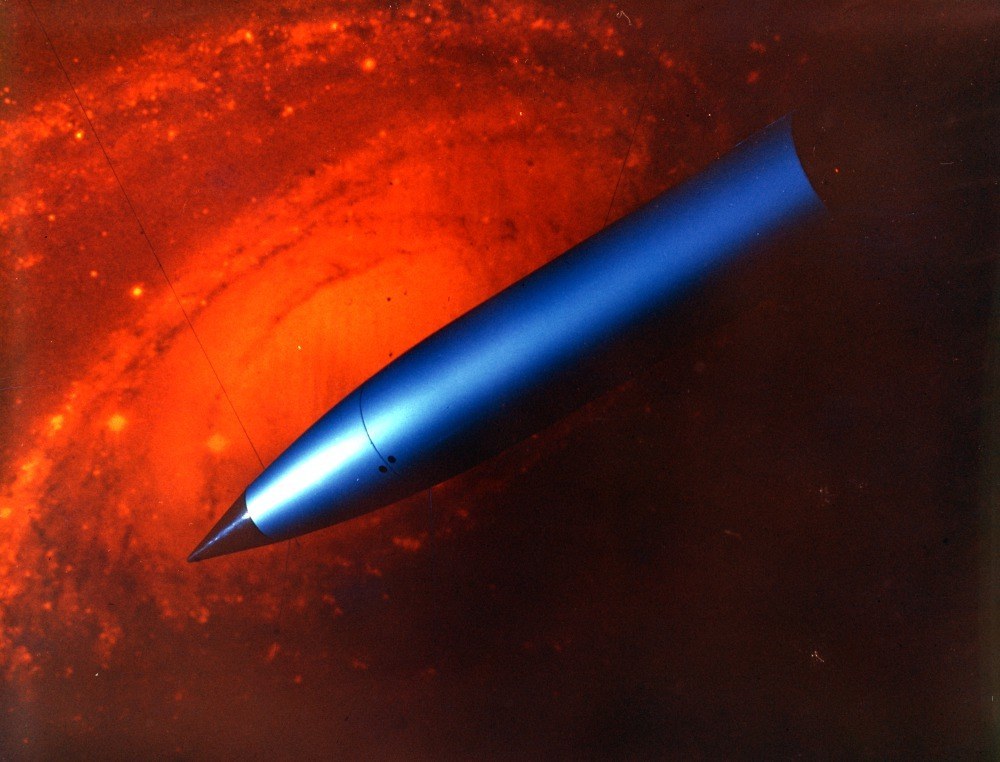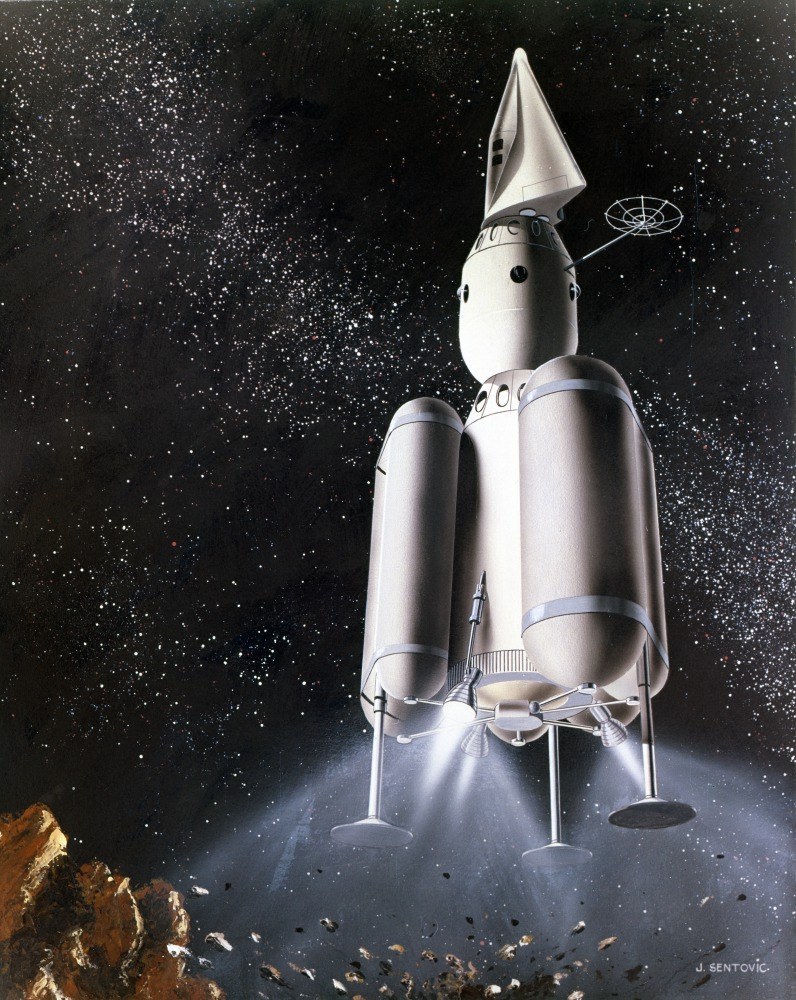The San Diego Air and Space Museum is home to an archive of more than 1 million aviation-related photos, slides, and transparencies.
The collection documents some of the most important advances in technology of the last century.
Included in the archive is the "Atlas Negative Collection," which boasts more than 160,000 negatives and 10,000 printed photos from the origins of American space travel.
The collection shows the early stages of Project Atlas — the development of one of the world's first intercontinental ballistic missile or ICBM — in the 1950s and '60s.
The ICBM could be used to transport a variety of payloads into outer space, including astronauts, satellites, and even a nuclear weapon.
After a breakthrough in 1953 made nuclear weapons smaller and lighter, President Dwight D. Eisenhower elevated the Atlas project to the highest national priority by 1955.
The "Atlas Negative Collection" houses gorgeous images of the project, including astronaut training exercises, miniature models of space ship designs, artist renderings of proposed space journeys, and launch sites for experimental aircrafts.
And by July 20, 1969, much of what was learned in Project Atlas was used to bring three American Astronauts to the Moon — two of whom were the first human beings to ever step foot on the lunar surface.
Rocket science in the 1950s and '60s looks pretty awesome too.
